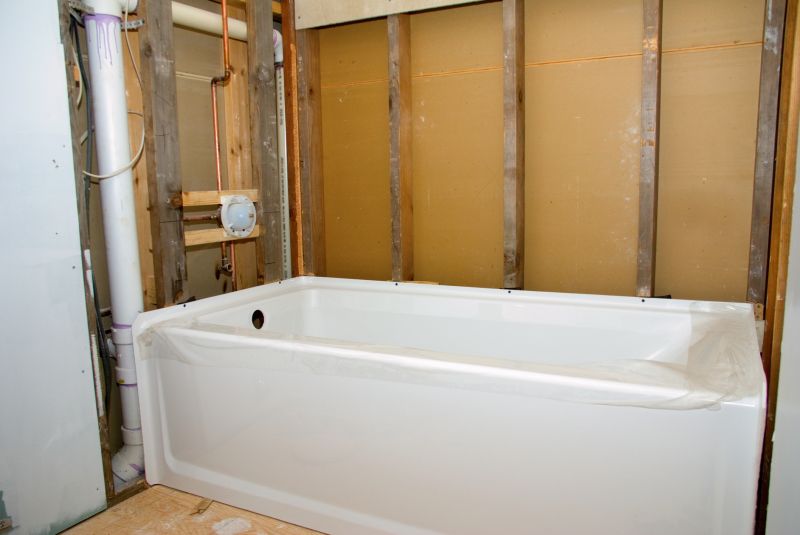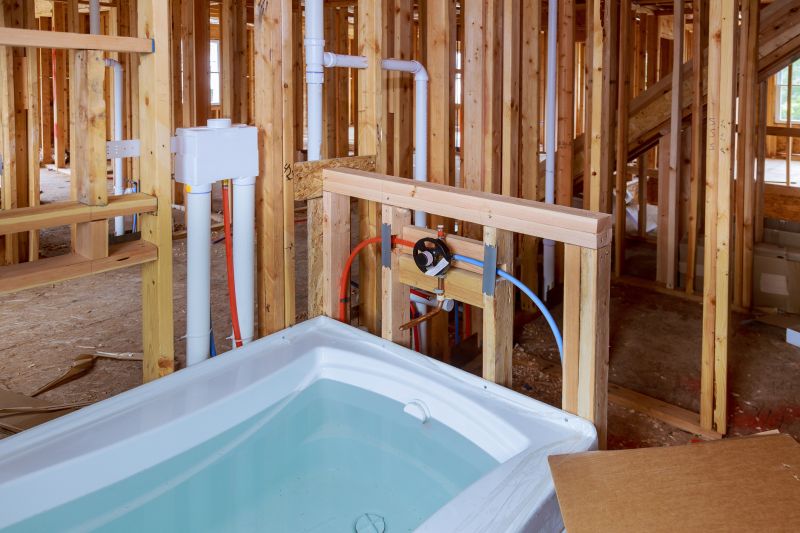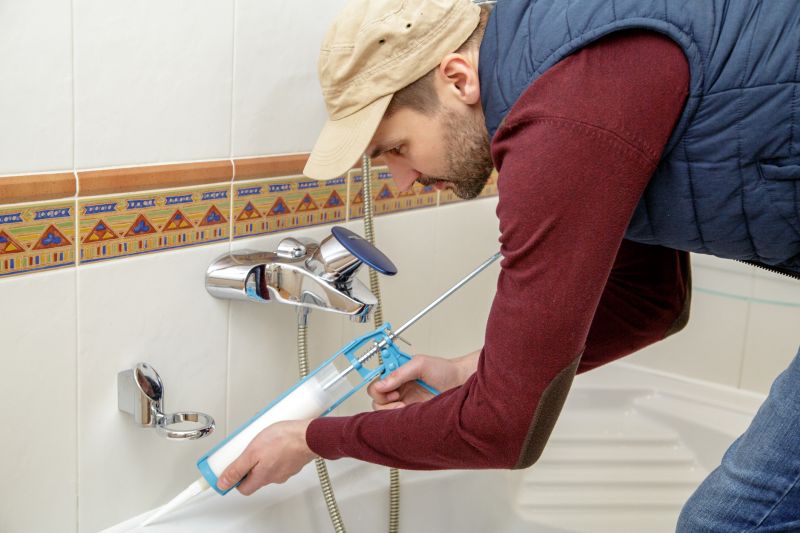Optimal Timing for Bathtub Installations
Understanding the optimal timing for bathtub installations can influence project efficiency and scheduling. Factors such as weather conditions, contractor availability, and home renovation cycles play a role in determining the best period for installation work.

Bathtub installations are typically performed indoors, making weather less of a concern. However, scheduling during dry seasons can prevent delays caused by unforeseen weather issues.

Installing bathtubs during milder weather can reduce complications related to humidity and temperature fluctuations.

Spring and early summer often see higher contractor availability, potentially leading to more flexible scheduling.

Many homeowners plan bathroom upgrades during late winter or early spring to prepare for warmer months.

Ordering materials ahead of peak seasons can ensure timely delivery and installation.

Coordinating with other renovation projects can optimize timelines and reduce disruptions.
Bathtub installations are a common home improvement project that can enhance bathroom functionality and aesthetics. The timing of installation affects not only project logistics but also the quality of work, as certain seasons offer more favorable conditions for construction activities. Planning ahead ensures that materials are available and that contractors can allocate sufficient time for a successful installation.
Spring and early summer provide optimal conditions for indoor renovations, with less humidity and more contractor availability.
Indoor installations are less affected by outdoor weather, but scheduling during dry and mild seasons can still streamline the process.
Proper timing can reduce project duration by avoiding peak seasons when contractors are booked and delays are more likely.
Early planning allows for better coordination of material delivery and contractor schedules.

Ways to make Bathtub Installations work in tight or awkward layouts.

Proper storage of materials during off-peak seasons prevents damage and delays.

Mild temperatures reduce risks associated with humidity and temperature fluctuations.

Indoor installation work benefits from stable environmental factors, ensuring quality results.

Planning ahead for peak seasons ensures availability of skilled labor and materials.

Avoiding extreme weather seasons minimizes the chance of delays.

Proper timing aligns with personal schedules and project completion expectations.

Early planning during off-peak periods can lead to cost savings and better resource allocation.
| Season | Advantages |
|---|---|
| Spring | Mild weather, contractor availability, ready for summer use |
| Summer | Longer daylight hours, good for scheduling multiple projects |
| Fall | Less busy season for contractors, ideal for indoor projects |
| Winter | Potential for indoor work with minimal weather disruptions |
| Late Winter | Good for planning and early installations before spring |
Choosing the right time for bathtub installation depends on various factors including weather, contractor schedules, and personal timelines. Proper planning can help avoid delays and ensure a smooth process. Homeowners are encouraged to consider seasonal advantages and coordinate with professionals to select the most suitable period for their project.



